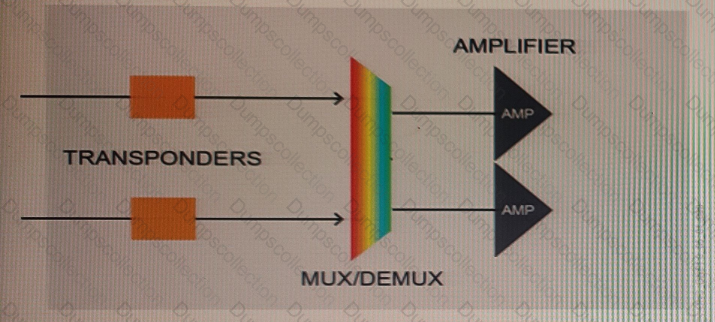Nokia Nokia Optical Networking Fundamentals 4A0-205 Exam Dumps: Updated Questions & Answers (December 2025)
Which of the following statements is true?
What isthe definition of OSNR?
Which mechanisms can be put in place to increase network survivability?
Which of the following are the main reasons for fiber attenuation?
With reference to trails and services, which of the following sentences is correct?
With reference to the image, where is the OPS card placed to provide the OMSP protection?

Is it possible to modify node parameters within the edit EPT menu?
Which of the following applications is related to Wavelength Tracker tool?
In which window(s) does the attenuation reach its minimum peak?
Which use case is most suitable for the deployment of a star topology?

